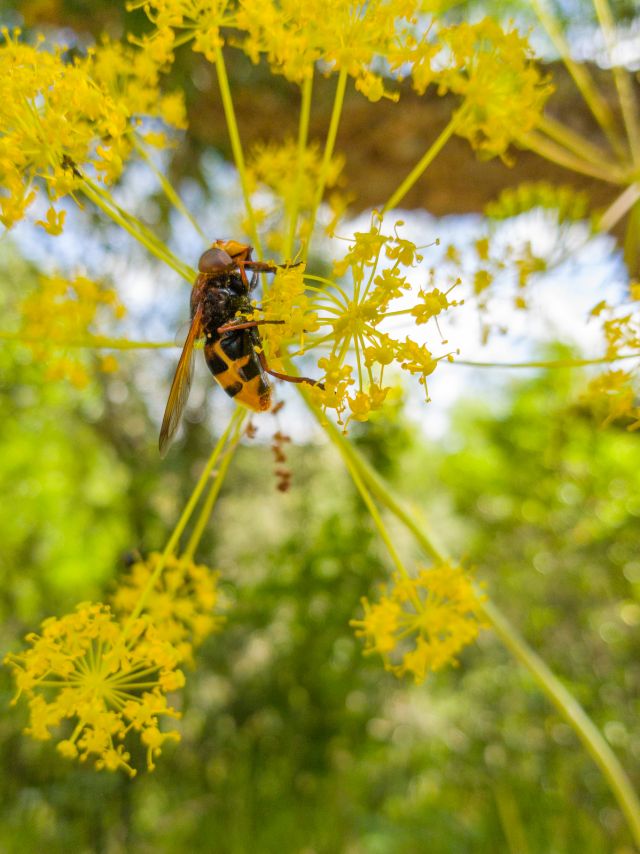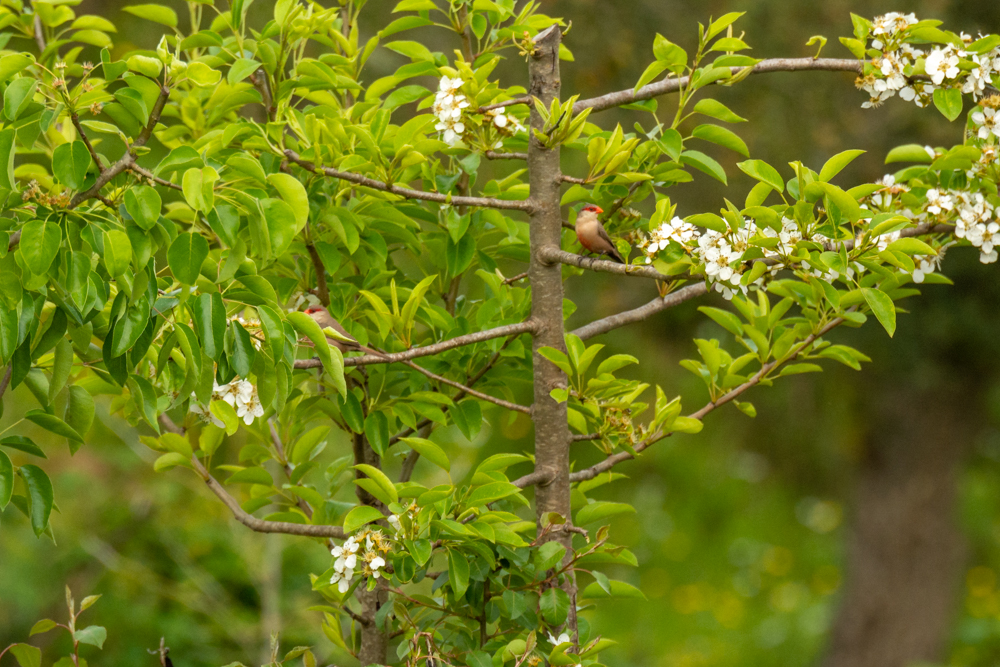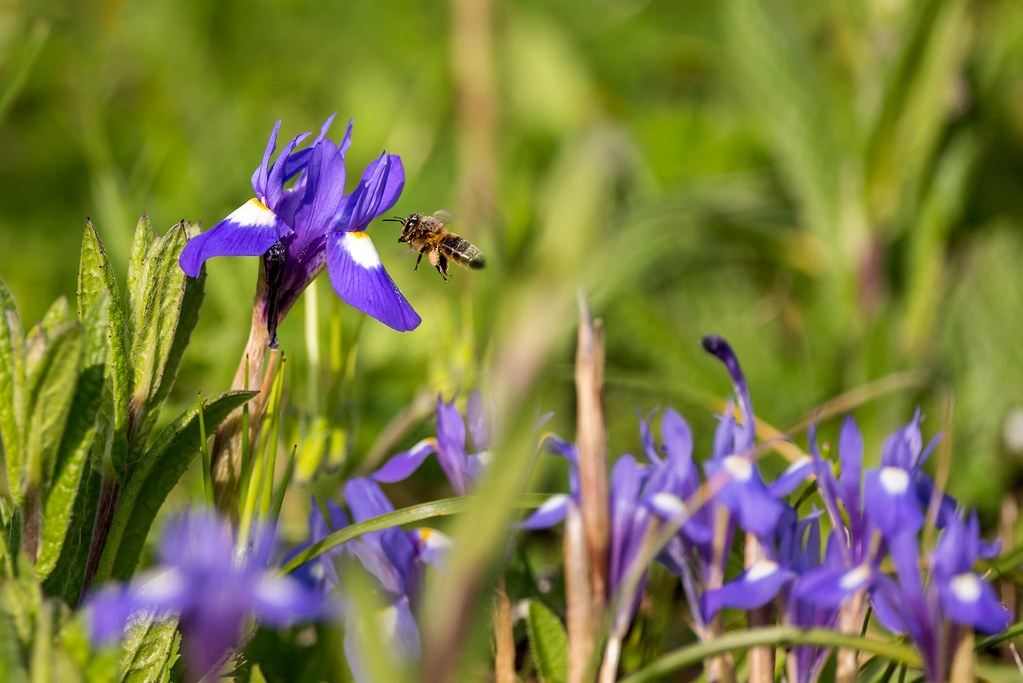I take a camera (although just my mobile today) along on my Dog Walks to bring you some of the sightings that I see on my morning walks, these photos are rarely going to be great quality as its hard enough keeping an energetic Dog entertained and get close enough to anything. They also help me identify where species are so that I can plan to return.
Walking alongside the river bank this morning and we spotted a very large Bee/Wasp looking creature, was it a Hornet?
No, it was a Mimic Hornet Hoverfly (Volucella zonaria). They can grown up to almost 16mm long (this was certainly around that size!) and although it looks like it’ll give you trouble, it’s completely harmless with no sting or bite.

Continue reading >>




